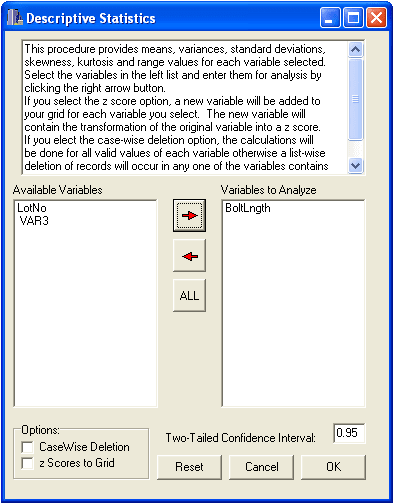Simplified Statistics For Beginners Free Download
Introduction to Statistical Learning An Introduction to Statistical Learning with Applications in R,, and (corrected 7th printing) Statistical Learning MOOC covering the entire ISL book offered by Trevor Hastie and Rob Tibshirani. Start anytime in self-paced mode. This book provides an introduction to statistical learning methods.

Basic Statistics. Inspiration 9 1 Keygen Mac. IStudy would like to acknowledge Jackie Ritzko for revising the content of this tutorial. Statistical terms will play an increasingly. MEDICAL STATISTICS MADE EASY Michael Harris General Practitioner and Lecturer in General Practice, Bath, UK and Gordon Taylor Senior Research Fellow in Medical. AN INTRODUCTION TO BUSINESS STATISTICS. 2 At the micro level, individual firms, howsoever small or large, produce extensive statistics on their operations.
It is aimed for upper level undergraduate students, masters students and Ph.D. Students in the non-mathematical sciences. The book also contains a number of R labs with detailed explanations on how to implement the various methods in real life settings, and should be a valuable resource for a practicing data scientist.
Winner of the 2014 Eric Ziegel award from Technometrics. Adobe Acrobat 8 Professional Download E License. For a more advanced treatment of these topics:.
Slides and videos for Statistical Learning MOOC by Hastie and Tibshirani available separately. Slides and video tutorials related to this book by Abass Al Sharif can be downloaded. 'An Introduction to Statistical Learning (ISL)' by James, Witten, Hastie and Tibshirani is the 'how to' manual for statistical learning. Inspired by 'The Elements of Statistical Learning' (Hastie, Tibshirani and Friedman), this book provides clear and intuitive guidance on how to implement cutting edge statistical and machine learning methods. ISL makes modern methods accessible to a wide audience without requiring a background in Statistics or Computer Science. Tynong North Serial Killer. The authors give precise, practical explanations of what methods are available, and when to use them, including explicit R code.
Anyone who wants to intelligently analyze complex data should own this book. Larry Wasserman, Professor, Department of Statistics and Department of Machine Learning, CMU. As a textbook for an introduction to data science through machine learning, there is much to like about ISLR. It’s thorough, lively, written at level appropriate for undergraduates and usable by nonexperts. It’s chock full of interesting examples of how modern predictive machine learning algorithms work (and don’t work) in a variety of settings.'
Matthew Richey, The American Mathematical Monthly, Vol. 7 (August-September 2016).
' I just wanted to thank you all for the textbook “An Introduction to Statistical Learning” that you have contributed to as authors. As a junior at university, it is by far the most well-written textbook I have ever used, a sentiment mirrored by all my other classmates. One friend, graduating this spring with majors in Math and Data Analytics, cried out in anger that no other textbook had ever come close to the quality of this one. You and your team have turned one of the most technical subjects in my curriculum into an understandable and even enjoyable field to learn about. Every concept is explained simply, every equation justified, and every figure chosen perfectly to clearly illustrate difficult ideas. This is the only textbook I have ever truly enjoyed reading, and I just wanted to thank you and all other contributors for your time and efforts in its production.' Cornell Blake, Junior, Ohio State University.
Linear Regression? I covered that last year. Wake me up when we get to Support Vector Machines!
Professors and teachers, SAS ® University Edition has a lot to offer! • Free SAS software to use in statistics and quantitative methods classes in a variety of areas: economics, psychology and other social sciences, computer science, business, medical/health sciences, engineering, etc.
For academic, noncommercial use only. • Statistical software that students can either download or launch in the cloud via Amazon Web Services. It's easy-to-get and easy-to-use, so traditional barriers to students are a thing of the past. • An online community for SAS academic users where you can interact, get support, share information, access SAS resources, etc. • Software and resources for developing students' analytical knowledge to fill the analytic skills gap in tomorrow's problem solvers and decision makers.